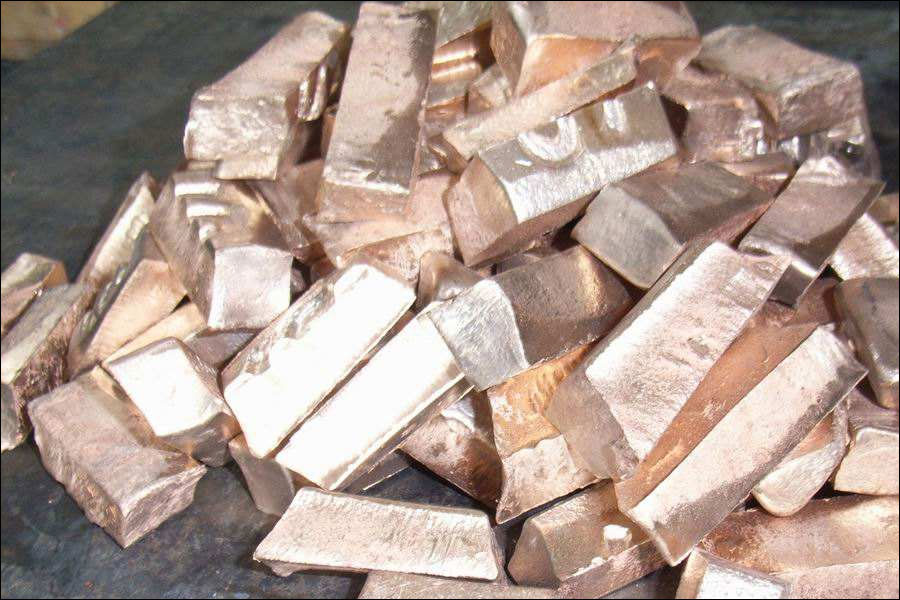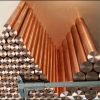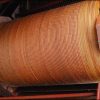
1. The composition of the cost of the precision casting process
The all-silica sol investment casting process can be divided into four stages: wax mold manufacturing, shell making, smelting pouring and post-processing. We categorize the inspection, equipment maintenance and other expenses for these four processes as auxiliary production expenses. In the four production processes, the costs incurred in the three stages of wax mold manufacturing, shell making, smelting and pouring are closely related to the process yield, and it is more accurate to calculate the cost by casting weight than directly using casting weight. For example, if the cost of wax mold manufacturing is calculated based on the weight of castings, the cost relationship between small parts and large parts is obviously not realistic. Therefore, a more reasonable method is to calculate the cost of wax mold manufacturing, shell making, smelting and pouring process (referred to as the front cost in this article) according to the weight of molten steel (referred to in this article as pouring weight), and post-processing and auxiliary production costs (referred to in this article) The cost of the latter stage) is calculated based on the weight of the casting. The manufacturing cost and its composition calculated according to the weight of the molten steel and the weight of the casting are shown in Table 1, and the distribution structure ratio is shown in Figure 1 and Figure 2. It can be seen that the cost of the shell making and smelting stages accounted for more than 60% of the process cost.
2. The main factors affecting the cost difference of precision castings
Strictly speaking, the manufacturing costs of different castings in each process are not exactly the same, but some links are very small and can be calculated on average. What we need to pay attention to is those factors that have a greater impact on the cost of castings. The main factors leading to the cost difference of the casting process are as follows:
(1) Process production rate
The process yield rate is also called the yield rate, which is the percentage of the actual casting weight to the pouring weight. For specific castings, the process yield rate is equal to the percentage of the total weight of the castings on the same tree. The tree scheme is related and may vary from 30% to 60%, generally between 40-50%. The relationship between the front-end cost and the process yield is
Front-end cost per kilogram of casting = Front-end cost per kg of pouring weight Process production rate
The front-end cost per kilogram of castings is inversely proportional to the process yield. The lower the process yield, the higher the front-end cost per unit weight of castings, and the lower the process yield, the more significant the impact. The front-end cost per kilogram of molten steel is 6 yuan. When the process yield is 45%, the front-end cost per kilogram of casting is 13.33 yuan; when the process yield is 30%, the front-end cost of the casting is 20 yuan/kg, which is higher than the average level. 6.7 yuan, which increases the process cost by 37.6%, and the impact on the total cost of 304 stainless steel castings is about 17%; when the process yield rate is 60%, the front-end cost of the casting is 10 yuan/kg, which is 3.3 yuan lower than the average level. The cost is reduced by 18.5%, which is equivalent to a total cost reduction of about 7% for 304 stainless steel castings;
Taking the derivative of the casting front-end cost to the process yield rate, it can be concluded that the degree of the process yield rate on the front-end cost per kilogram of castings is inversely proportional to the square of the process yield rate. When the process yield rate is 45%, each decrease of one percentage point per The front-end cost of kilograms of castings will increase by 0.3 yuan. When the process yield is 30%, the front-end cost per kilogram of castings will increase by about 0.67 yuan for every one percentage point decrease.
It can be seen that the impact of process yield on cost is very significant. Like the power factor in electrical engineering, reducing the process yield is equivalent to increasing reactive power consumption. Of course, the process yield rate is not as high as possible, and it is not as high as you want. Excessive process yield rate will reduce the feeding capacity of the gating system, resulting in insufficient feeding and shrinkage or shrinkage defects; on the other hand , Some castings, especially thin-walled castings with irregular shapes, are difficult to increase due to the limitation of casting structure and tree assembly scheme. This important factor should be taken into account when determining the price of castings.
(2) Number of shell layers
Due to the difference in the shape and structure of the casting, the number of shell layers will vary. For example, castings with elongated holes or slots need to be surfaced twice or even three times; generally, two backing layers are sufficient for castings, while larger castings may require three or more layers. The cost of shell making per kilogram of castings is about 5.9 yuan, of which material costs account for 67.8%, fuel and power account for 23.9%, and wages account for 13.3%. In the shell-making material cost of 4 yuan/kg, the consumption of zircon sand and zirconium powder accounts for about 63%, accounting for 42.7% of the entire shell-making cost, and the cost of silica sol accounts for about 12.2% of the shell-making cost. Although zircon sand and zirconium powder are only used for the surface layer.
Many factories currently use zircon powder, mullite powder, and silica sol-type shells for the first and second layers. The back layer still needs to use the original water glass shell process. It is an improved solution that combines the excellent surface quality of the silica sol shell with the advantages of low cost and short cycle of water glass. Compared with the water glass shell, the surface quality of its castings has been greatly improved, the surface roughness is reduced, the surface defects are reduced, and the repair rate is reduced. The production cycle is similar to that of the water glass shell.
The main problem
- (1) Because the back layer retains the water glass binder, the overall high-temperature strength and creep resistance of the shell are lower than that of the silica sol shell, and the dimensional accuracy and shape tolerance of the cast castings are not as good as the silica sol shell. .
- (2) The air permeability is not as good as the water glass type shell and the silica sol type shell. The high temperature strength of the shell is not as good as that of the silica sol type shell, which is easy to cause waste.
- (3) The quality stability of composite shell castings is worse than that of water glass, but far inferior to silica sol shells.
- (4) Because the composite shell uses high-priced zircon powder as the surface layer, the shell cost is 4.5 times that of the water glass shell. If the back layer uses mullite sand powder, the shell cost is the same as that of the silica sol shell. The cost is almost the same, and its low cost advantage is not obvious.
- (5) Medium temperature wax can not be used for composite shells. Medium temperature wax cannot be dewaxed with hot water. When dewaxing in the autoclave, due to the high temperature and high pressure, the medium temperature wax liquid will produce a violent saponification reaction with the water glass and the residual hardener in the back layer, and cannot be reused without recycling






